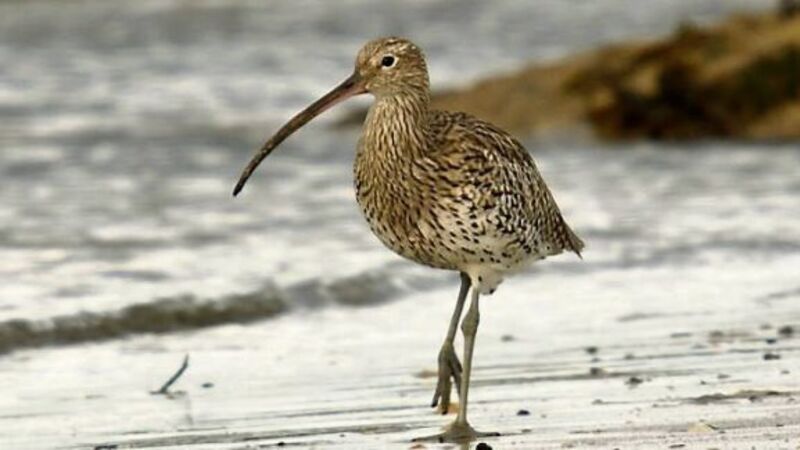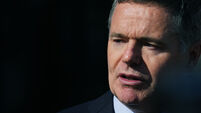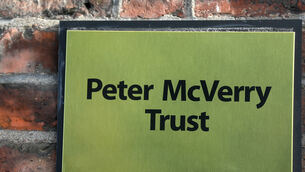WWF warn of species’ carnage - Humanity’s impact is too destructive

In 2011, a BirdWatch Ireland survey found just eight pairs of breeding curlew in Mayo or Donegal. It was then believed there were fewer than 200 productive pairs on this island, a dramatic decline from 5,000 in the early 1990s.
A National Parks and Wildlife Service survey, in 2015 and 2016, found fewer than 150 breeding pairs. Without immediate action, the once-common curlew will be extinct in Ireland within a decade. It may well be so already.
In 1975, less than half a generous lifetime ago, 90,225 salmon were officially recorded as netted in the old Cork District Board area — Ballycotton to Skibbereen. The real figure was probably much higher.
More recent figures stand in sobering contrast. The five-year average annual catch — all methods — for the whole country, between 2010 and 2014, was just 30,913. That figure has declined since then, so another iconic species is in real jeopardy, because of human activity.
That collapse towards extinction is part of a far bigger, global pattern of relentless, irreversible, human-led destruction. Yesterday, the World Wildlife Fund warned that we have wiped out 60% of mammals, birds, fish, and reptiles since 1970. Scientists have warned that this annihilation threatens the survival of our civilisation.
“We are sleepwalking towards the edge of a cliff,” said Mike Barrett, of the WWF. “If there was a 60% decline in the human population, that would be equivalent to emptying North America, South America, Africa, Europe, China, and Oceania... This is jeopardising the future of people. Nature is not a ‘nice to have’ — it is our life-support system.”
It is not coincidental that this destruction runs parallel to human population growth. The main cause of wildlife loss is the destruction of habitat to produce food. Killing for food is the next biggest cause — 300 mammal species are being eaten into extinction.
Oceans are massively overfished, with more than half industrially fished by using ever-more effective technology to hunt diminishing stocks. This carnage is succinctly expressed in one simple metric: Humans are just 0.01% of all life, but we have destroyed 83% of wild mammals.
It is one of our great tragedies that this do-or-die issue has become a red line in the escalating battle between right-wing autocracy — “drill, baby drill” — and the rest of humanity. It makes no difference if you support Trump, Morrisson, Bolsonaro or Orban, or not, climate change will change your life.
This polarisation threatens humanity in a way we may not yet appreciate, it may be the greatest threat we face.
In the context of the ICCP report warning, we have less than two decades to try to avert something pretty close to unprecedented catastrophe. Yesterday’s WWF report must add to the pressure on governments and individuals to take immediate, meaningful action.
What alternative have we? Do we have any?
Tanya Steele, WWF chief executive, warned, “we are the first generation to know we are destroying our planet and the last one that can do anything about it.”
That reality check could hardly be more demanding or troubling, yet we career towards the cliff-edge. Will our greed, our stupidity, really mean the end of our world as we know it?
Surely not.















